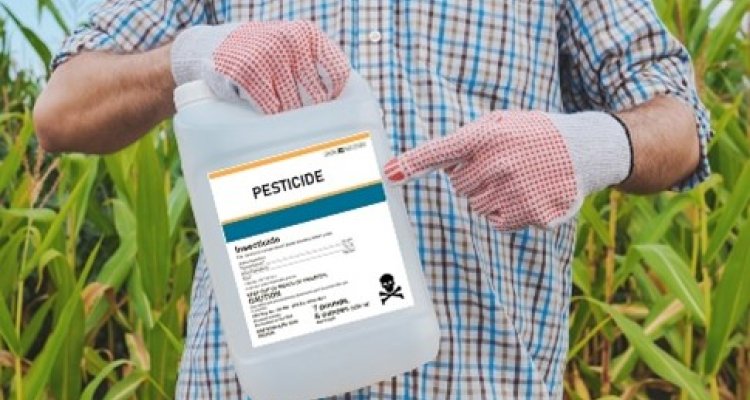
Project
Reducing Pesticide Use in China: Smart Solutions from Pesticide Labeling
This project is a sub-project of the Agriculture Green Development (AGD) PhD program of China Agricultural University and Wageningen University & Research. The overall objective of this project is to find effective measures to promote label effects on users' behaviour and to further the development of green or sustainable agriculture by rethinking the role of labels.
Background
The excessive use of pesticides is a crucial concern in both China and worldwide in the context of sustainable agricultural practices. The labels on pesticide products which is supposed to carry necessary messages to guide users' choice and utilization, unfortunately, stay inactive and out of duty. This is particularly true in many developing countries such as China where agricultural production is dominated by small-scale farmers who lack professional trainings in using chemicals. How to activate the dumbed labelling role becomes a critical question.
Project description
In this project, we will try to find actionable measures to activate the labelling role in guide farmers' purchases and using behaviours. To reach this objective, three specific activities are planned to conduct.
- Empirically identify the key influencing factors that block farmers to fully use label information;
- Theoretically and empirically model the interaction between chemical retailers and buyers (farmers);
- Conduct lab and field experiments to collect data and quantitatively study the effect of label redesign on chemical sellers' and buyers' behaviours.
Results
First, we found that pesticide labels are largely useless due to their unfriendly content and design. The audio-visual label can significantly decrease in both the average dosage calculated and dispensed by farmers.
Then, the overuse of pesticides cannot be solely attributed to farmers, and pesticide retailers also have a responsibility.
Finally, over-recommendation by retailers can be mitigated by optimizing pesticide package size. The optimal packaging size should match the dosage indicated on the label of the pesticide product.